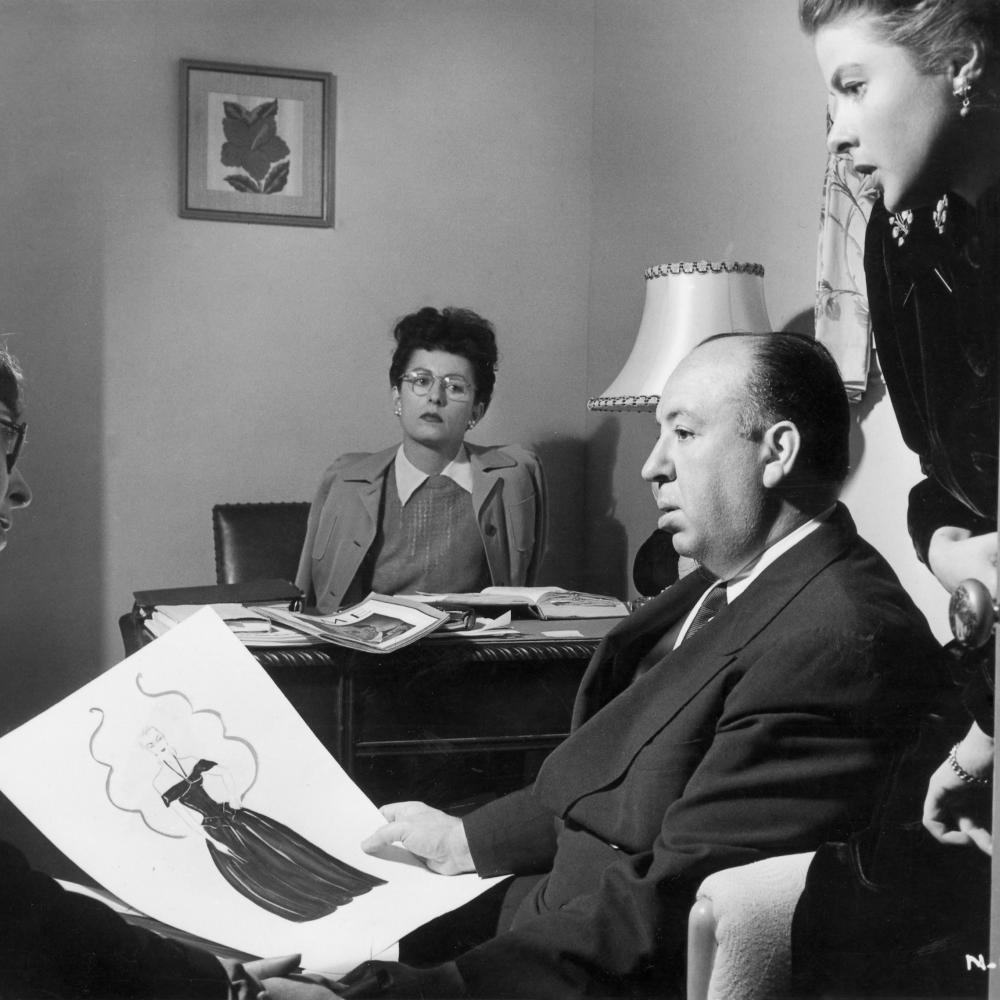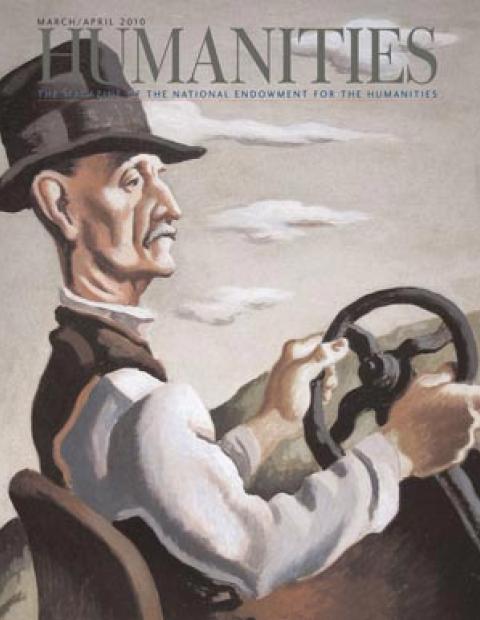Legendary costume designer Edith Head began her sixty-year Hollywood career under false pretenses. A teacher at the Hollywood School for Girls with no experience in costume design, save a drawing class she was enrolled in, Head applied for a job at Paramount in 1923—paying double her teacher salary—by presenting “borrowed” fashion sketches. “I didn’t say the work was mine,” she later explained. “I said, ‘This is the sort of thing we do in our school.’”
After starting modestly—handing pins to a seamstress, rolling fabric, and dressing animals—Head climbed her way up the studio ladder to become the most influential and famous American costume designer of the time, working on more than eleven hundred films and dressing movie greats like Elizabeth Taylor, Cary Grant, Grace Kelly, Ginger Rogers, Paul Newman, and Robert Redford. Her signature style of dark glasses, flat-top hairdo, and drab conservative clothes, was the antithesis of those she developed for the stars she dressed. Fans of the Pixar/Disney animated movie The Incredibles see many of Head’s no-nonsense mannerisms in superhero-costume designer Edna Mode.
“She had a great ability to understand the politics of Hollywood, and when she expressed an opinion, it was usually taken since she did her research, followed the script, and worked intimately with the producers and directors, whose vision the film depended upon,” says Scott Perkins, curator of “Lights! Camera! Fashion! The Film Costumes of Edith Head” on display at Price Tower Arts Center in Bartlesville, Oklahoma, through May 16. Supported by the Oklahoma Humanities Council, the exhibition features watercolor and pencil sketches, photographs, film clips, Oscars and other personal items, and ten gowns recreated by students of apparel design at Oklahoma State University. Programming ranges from film screenings to superhero mask-making.
Head’s designs helped create some of the most enduring images in American cinema—Mae West strutting in a skin-tight, bejeweled, and feathered gown; Bette Davis descending the staircase in an off-the-shoulder, brown silk cocktail dress trimmed in brown sable as she utters, “Fasten your seat belts, it’s going to be a bumpy night;” Paul Newman and Robert Redford dressed to the nines as they pull off the con of the century in The Sting.
Many of Head’s designs became instant classics, sparking new styles in American fashion. “She avoided being too trendy because there was always the chance that by the time the film reached distribution, the trend would fade and her clothes would look out of date,” says Perkins. “Therefore, she became known for her classic, tailored suits and gowns, and relied upon a slight embellishment here and there to set it apart. The brown gown worn by Bette Davis in All About Eve, the ball gown worn by Audrey Hepburn in Roman Holiday, the gray suit ensembles worn by Kim Novak in Vertigo, the pale green suit on Tippi Hedrun in The Birds—all classics.”
Head received her big break in 1933 designing for Mae West in She Done Him Wrong. Head’s sparkly and corseted designs helped establish West’s campy, sexy persona and contributed to the film’s success. Head described her own role in moviemaking: “I don’t consider myself a designer. I’m a scientist using fashion as the catalyst to bring out the best in a person, to develop a whole new character.”
During the 1940s, America was a nation of moviegoers—ninety million Americans went to the movies every week. Increasingly, directors, producers, and movie stars depended on costume designers to help tell their stories. In 1940 alone, Head designed on forty-seven films. Bette Davis says in Edith Head’s Hollywood by Head and Paddy Calistro, “We may rehearse our lines, our movements, and our expressions, but not until we finally slip into the costumes does everything come together so that we actually become the character. If we are not comfortable in those clothes, if they do not project the character, the costume designer has failed us. Edith Head never failed.”
In a town full of stars, she did not lack for presence. Joan Crawford once said, “When that little thing walks into a room, you know she’s there.” Head wrote books on fashion, designed Vogue sewing patterns for the home seamstress, staged Hollywood fashion shows, and offered fashion advice to American women on radio and television.
Head was nominated for thirty-five Academy Awards, winning eight, more than any other woman in film history. In 1974, she was recognized with her own star on Hollywood Boulevard. She died in 1981, two weeks after finishing her last film, Steve Martin’s Dead Men Don't Wear Plaid. Bette Davis wrote, “Edith Head’s life was all about glamour—sixty odd years of it—in the most glamorous place in the world, Hollywood.”


